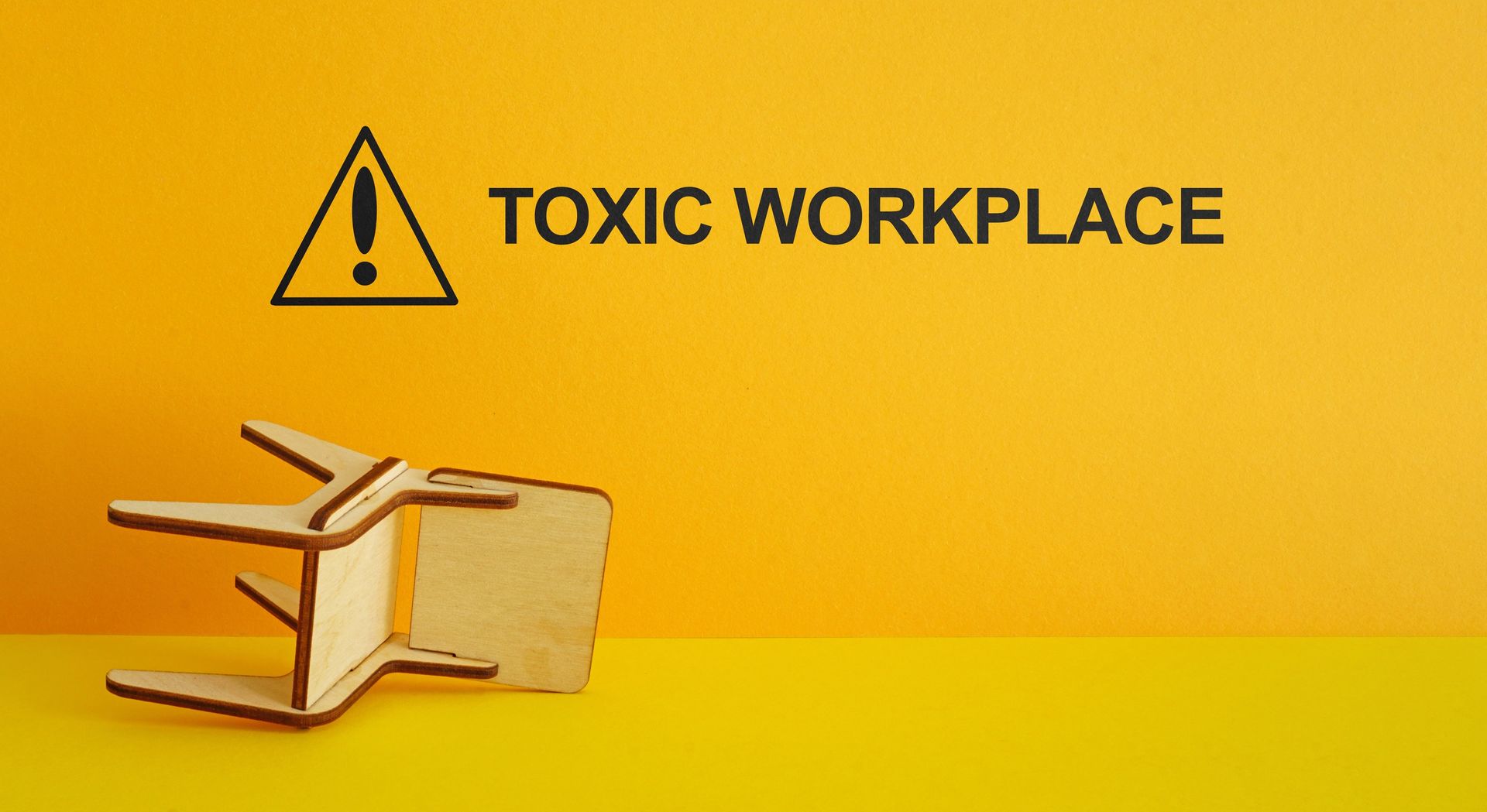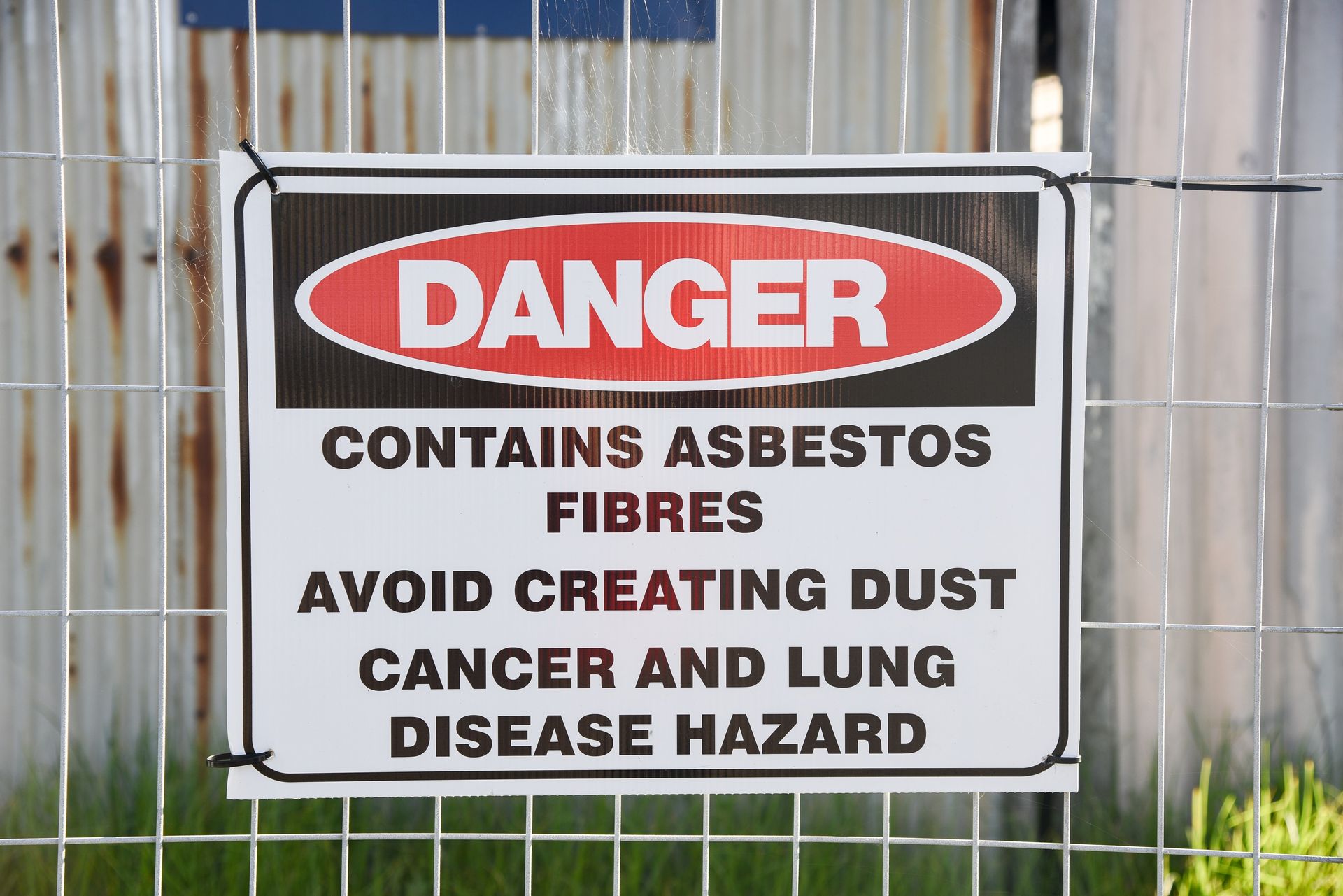Can I build my dream bathroom? Renovation and repairs in Strata Schemes
Kells Lawyers • June 7, 2022
In a strata scheme (such as an apartment building), it can often be unclear who is supposed to be responsible for what parts of the building.
The number of judicial decisions published, dealing with disputes about renovations or who was supposed to repair something, suggest this issue comes up with regularity.
Below, we’ve provided a basic summary of who is responsible for certain works in strata schemes. To begin with though, it is important to understand where someone’s own lot ends and where the common property begins.
In a strata scheme (such as an apartment building), it can often be unclear who is supposed to be responsible for what parts of the building.
The number of judicial decisions published, dealing with disputes about renovations or who was supposed to repair something, suggest this issue comes up with regularity.
Below, we’ve provided a basic summary of who is responsible for certain works in strata schemes. To begin with though, it is important to understand where someone’s own lot ends and where the common property begins.
Somewhat less-than-helpfully, common property is “any part of a parcel (e.g. an apartment building) that is not comprised in a lot (e.g. a single apartment)”.[1] The legislation gives some further explanation though: boundaries of a lot are defined as the inner surfaces of walls, upper surfaces of floors, and lower surfaces of ceilings.[2]
With that definition in mind, it becomes apparent why disputes frequently arise. For instance, if a boundary of an apartment is the inner surface of a wall, any work involving going into or through the wall is technically affecting common property.[3] Similarly, work on the floors (such as replacing tiles and waterproofing in an apartment bathroom), would be considered altering common property.[4]
Given this, the basic framework in NSW can be summarised as:
The owners corporation is responsible for the maintaining the common property, and keeping it in a state of good and serviceable repair.[5]
A lot owner is (generally) not permitted to carry out work to, or alterations of, common property, unless authorised by a “special resolution”.[6]
A lot owner may carry out work if:
it is “cosmetic work” (e.g. installing hooks, laying carpet). This work does not require approval;
it is a “minor renovation” (e.g. renovating a kitchen, replacing wood floors). This work requires approval by a “general resolution”;
in the case of other work (more substantial work, like structural changes or major renovations, or waterproofing of bathrooms), approval is given by “special resolution”.[7]
While this is a general overview, if you’re considering carrying out repairs or renovations of your own lot, a special by-law (clearly describing the work, and who is responsible for maintaining and repairing it) is usually preferable. Making those matters clear, assists in avoiding disputes down the track.
[1] Strata Schemes Development Act 2015 (NSW) s 4.
[2] Strata Schemes Development Act 2015 (NSW) s 6
[3] Stocker v The Owners – Strata Plan No. 6622 [2022] NSWCATCD 31.
[4] Huang v The Owners – Strata Plan No. 7632 [2022] NSWSC 194.
[5] Strata Schemes Management Act 2015 (NSW) s 106(1).
[6] Strata Schemes Management Act 2015 (NSW) ss 108(1), 111.
[7] Strata Schemes Management Act 2015 ss 109, 110 and 111.
Photo 143204374 / Building Bathroom © Photovs | Dreamstime.com

Kells has been delivering outstanding services and legal expertise to commercial and personal clients in Sydney and the Illawarra region for more than five decades. Our lawyers are savvy and understand your needs.
Subscribe
Want to get the latest articles and news delivered to your inbox?
Request a Callback
Need help with a legal matter? Send us your details and one of our team members will be in touch.
Quicklinks
Expertise
Read Our Latest Insights
Our Locations
© 2022 Kells Your Lawyers | ABN: 88 235 192 916
Liability limited by a scheme approved under Professional Standards Legislation




